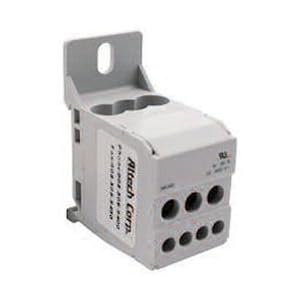Oh, if that's the case, I misinterpreted the photo. Yes, they clearly have connected tails to the load side of the isolator - and if they've connected them to one of the CU's, then I would say that they have done the most one could/should expect of them.You can see in the ops photo they've connected one set of tails to the isolator leaving some of the installation powered up, and the op has the other set of tails.
I thought that what the OP had in his hand was (seemingly rather amazingly!) the 'dangling ends' of the tails coming from the isolator.
Kind Regards, John



